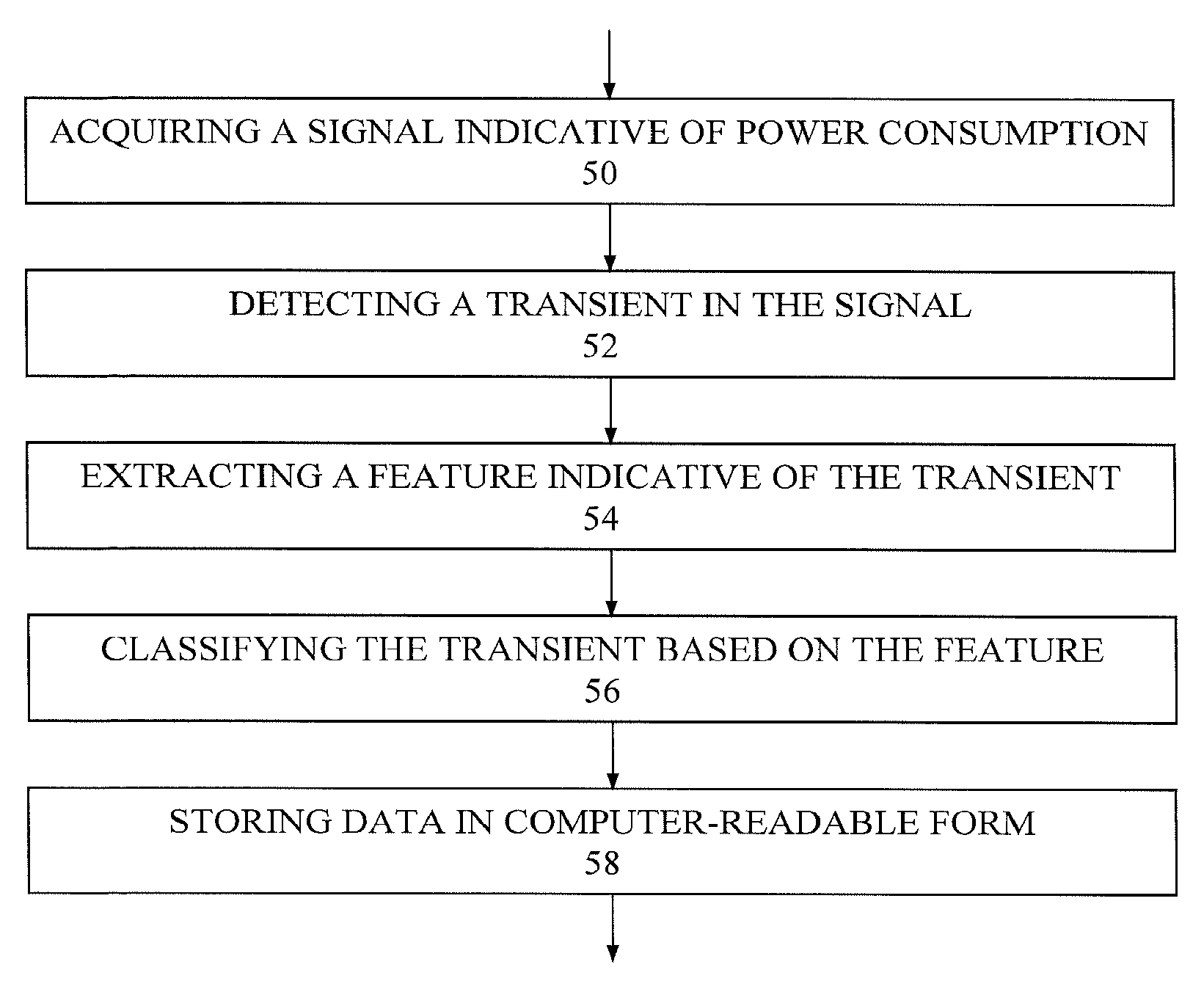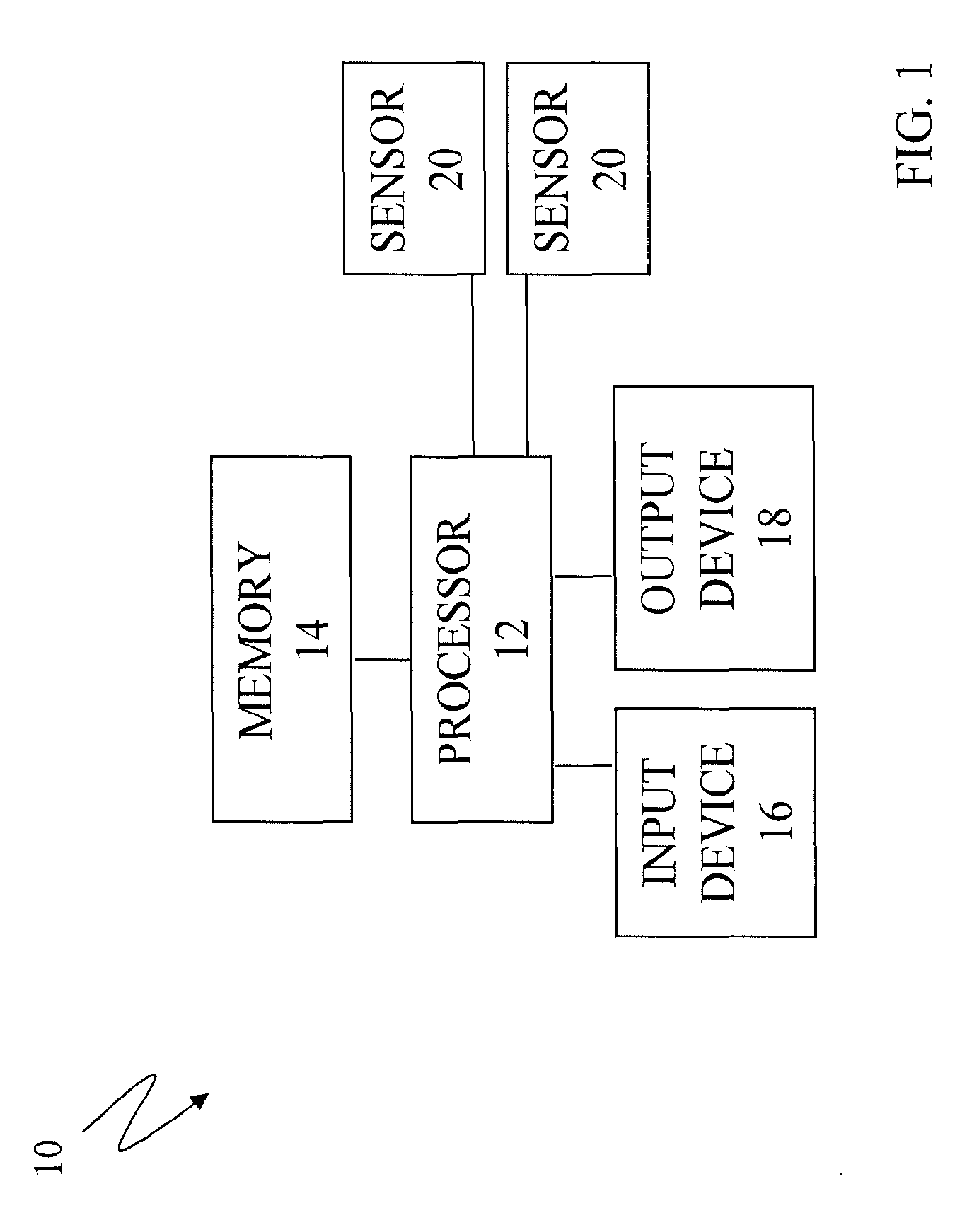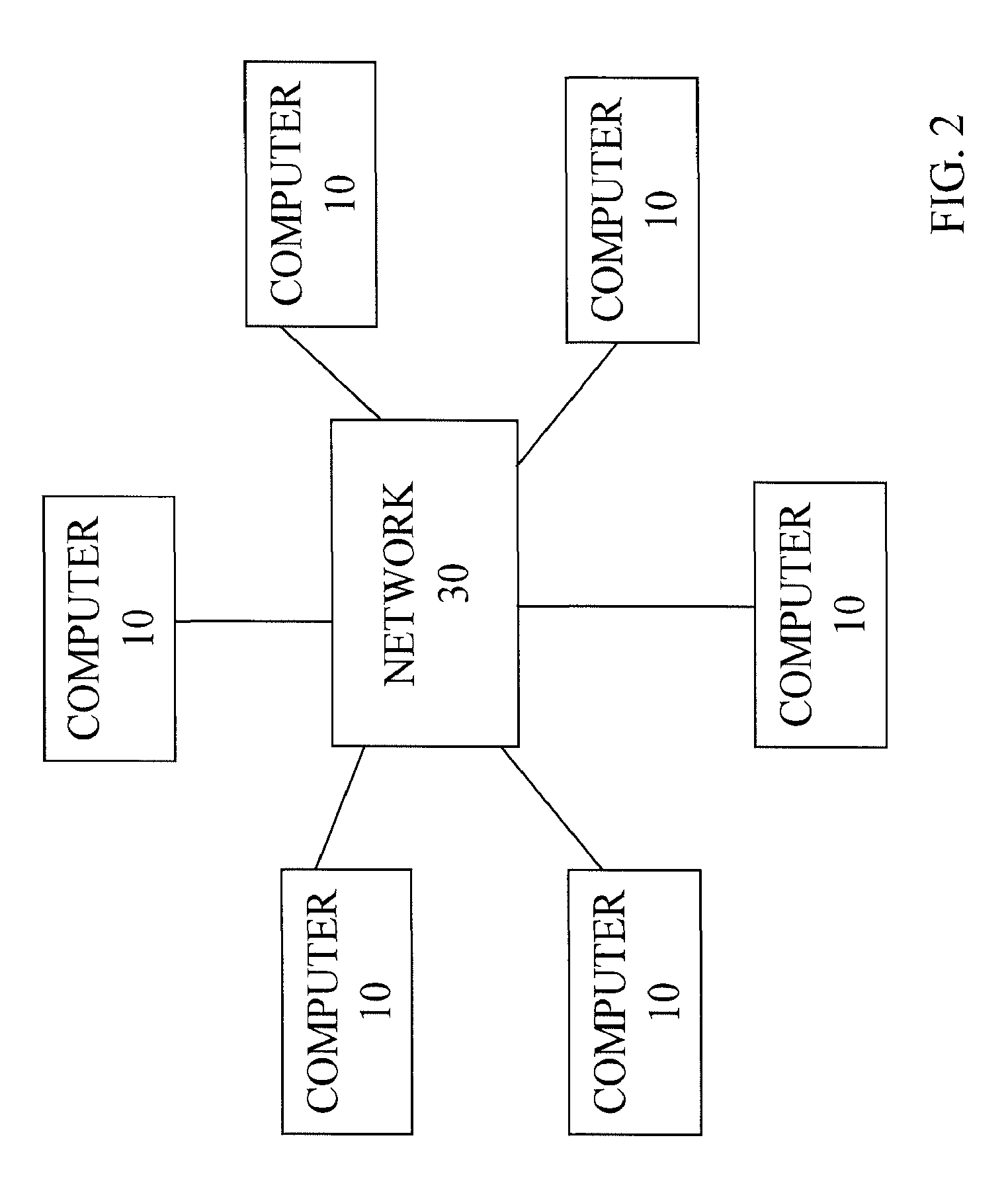Methods and apparatuses for monitoring energy consumption and related operations
a technology of energy consumption and monitoring equipment, applied in the field of methods and equipment for monitoring energy consumption and related operations, can solve the problems of building to achieve this type of feedback is both costly and cumbersome to install, and the total amount of electricity consumption of the entire building is not disaggregated in most current systems, so as to promote energy-saving behavior, increase the effect of effectiveness and reduce the effect of building energy consumption
- Summary
- Abstract
- Description
- Claims
- Application Information
AI Technical Summary
Benefits of technology
Problems solved by technology
Method used
Image
Examples
Embodiment Construction
[0065]1.1 Introduction.
[0066]The present invention will be described in terms of several embodiments. These embodiments are illustrative of the present invention and the present invention is not limited to these particular embodiments.
[0067]1.2 Overview.
[0068]FIG. 1 illustrates one embodiment of a system 10 according to the present invention. In that embodiment, the system 10 includes a processor 12, memory 14, an input device 16, an output or display device 18, such as a monitor, and one or more sensors 20 which provide data to the processor 12. The processor 12 is connected to the memory 14, the input device 16, and the output device 18. The memory 14 includes computer readable instructions, such as computer hardware, software, firmware, or other forms of computer-readable instructions which, when executed by the processor 12, cause the processor 12 to perform certain functions, as described herein. For example, the computer-readable instructions may be used to perform the methods...
PUM
 Login to View More
Login to View More Abstract
Description
Claims
Application Information
 Login to View More
Login to View More - R&D
- Intellectual Property
- Life Sciences
- Materials
- Tech Scout
- Unparalleled Data Quality
- Higher Quality Content
- 60% Fewer Hallucinations
Browse by: Latest US Patents, China's latest patents, Technical Efficacy Thesaurus, Application Domain, Technology Topic, Popular Technical Reports.
© 2025 PatSnap. All rights reserved.Legal|Privacy policy|Modern Slavery Act Transparency Statement|Sitemap|About US| Contact US: help@patsnap.com



